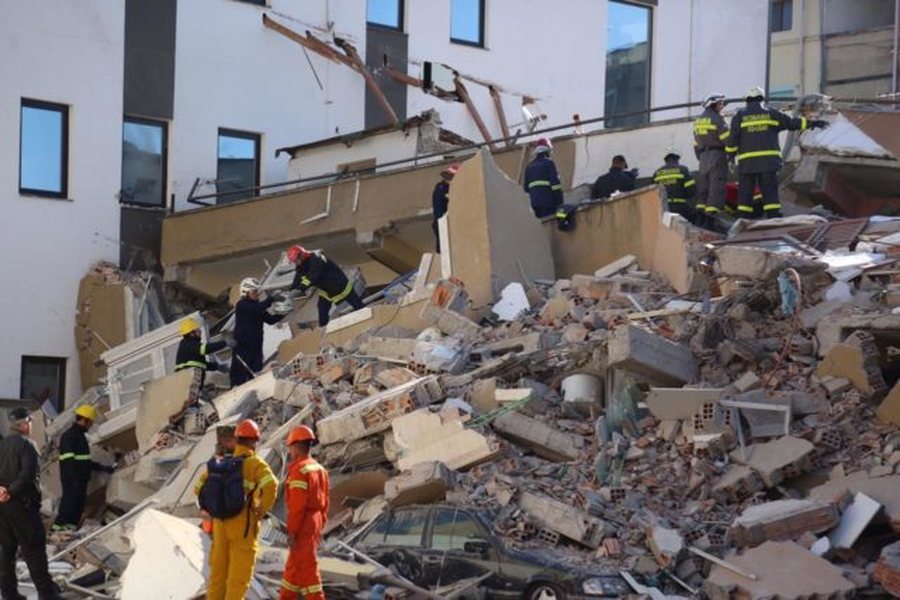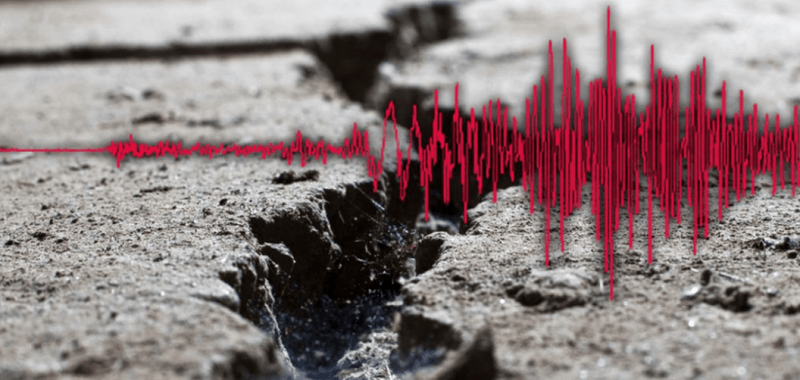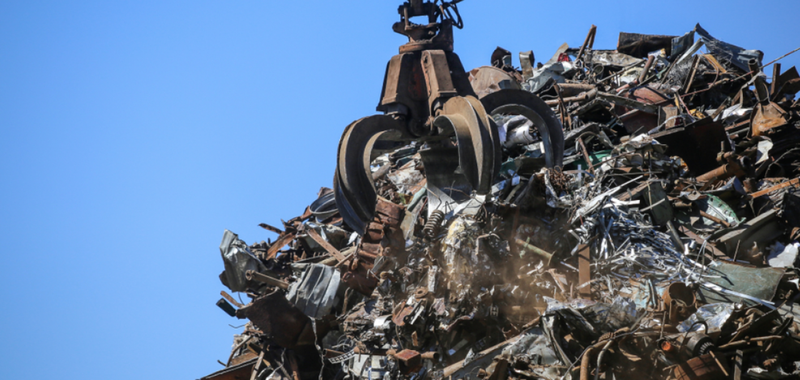How much risk does Albania have from earthquakes? World Bank: GDP per capita will decrease by over 15% by 2050

Of all natural disasters and potential shocks, earthquakes are predicted to have the greatest negative impact on the Albanian economy.
According to the latest World Bank report, published in November last year, potential earthquake shocks are projected to reduce GDP per capita by 6 percent by 2030, 11.55 percent by 2040, and up to 15.69 percent by 2050.
The predictions are made in the context of the negative impact that climate change is expected to bring to our country.
It is also highlighted that earthquake damage would generate a larger decline in the current account deficit, to about 3 percentage points of GDP by 2050.
The report notes that potential damage from earthquakes could create emergencies that could put additional pressure on public finances and could affect important spending in more traditional areas such as health and education.
According to the document, among European countries, Albania has one of the highest levels of disaster risk and exposure to earthquakes, floods, landslides and forest fires, which have affected 95 percent of Albanian municipalities in the last two decades.
In September and November 2019, Albania was hit by two powerful earthquakes with magnitudes of 5.6 and 6.4, respectively. According to the World Bank, the November earthquake caused damage of US$1.1 billion, equivalent to 6.4 percent of 2018 GDP, and losses equivalent to another 1.1 percent. The city of Tirana, Albania’s main economic growth engine, and Durrës, a central tourist hub, were particularly hard hit.
Meanwhile, from 1995 to 2015, earthquake damages in Albania are estimated at around 27 million dollars, which include 162 events.
The World Bank emphasizes that although recent steps have been taken to reduce disaster risk and create more integrated insurance schemes, Albania still has few pre-established risk financing instruments.
To respond to disasters, which currently exceed an average of $130 million per year, the country relies on budget reallocation, after-the-fact borrowing, and donor assistance.

London and Bergamo, the most favorite destinations for Albanians/ TIA: 1.14 million passengers traveled in June
In June of this year, over 1.14 million passengers traveled to and from Tirana International Airport, marking an 8% increase compared to the same period last......

“Early release on parole for life-sentenced prisoners”/ The draft of the New Penal Code is discussed. Manja: The need for an evolving state
The first public discussion on the draft of the New Criminal Code of Albania has taken place. This Code represents a conceptual reformulation and......

Around 4.7 million foreigners visited Albania in 6 months/ Up 4.8% annually. More Europeans and business visits
During the month of June, a total of 2,062,775 citizens, including both Albanian and foreign citizens, entered the territory of Albania. These data,......

Earthquakes, how is compensation paid when you have two insurance policies? Draft/ Are they covered with a force of over 5 points? With the sale of the property, the policy is transferred
Individuals who have voluntarily insured their homes will not be "escaped" from mandatory earthquake property insurance. This category also includes all......

EU oversees scrap metal trade/ Falling supplies and US tariffs threaten European industry
The European Commission has started monitoring imports and exports of scrap metals, including steel, aluminium and copper, after dire warnings from the......

EU and China, preliminary agreement on rare metals/ Von der Leyen seeks trade balance, more access to the Chinese market
The European Union announced a preliminary agreement with China to ease restrictions the country had imposed on critical exports of rare earth metals, which......

Roadside businesses have until July 31 to remove materials
The campaign to clean national roads from the clutter of roadside businesses has begun, to return public spaces to the function of safety and citizenship.......

Britain and India sign free trade pact/ Agreement expected to reduce tariffs on textiles, alcoholic beverages, vehicles
Britain and India signed a free trade agreement during a visit by Indian Prime Minister Narendra Modi. The pact includes tariff cuts on goods as well as more......


















